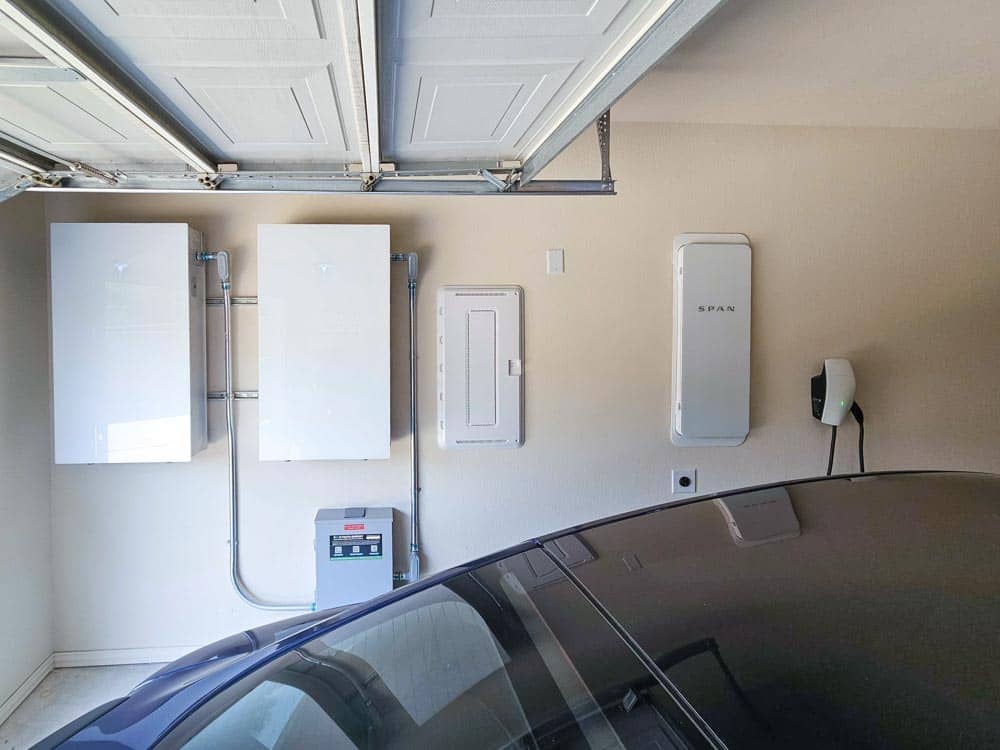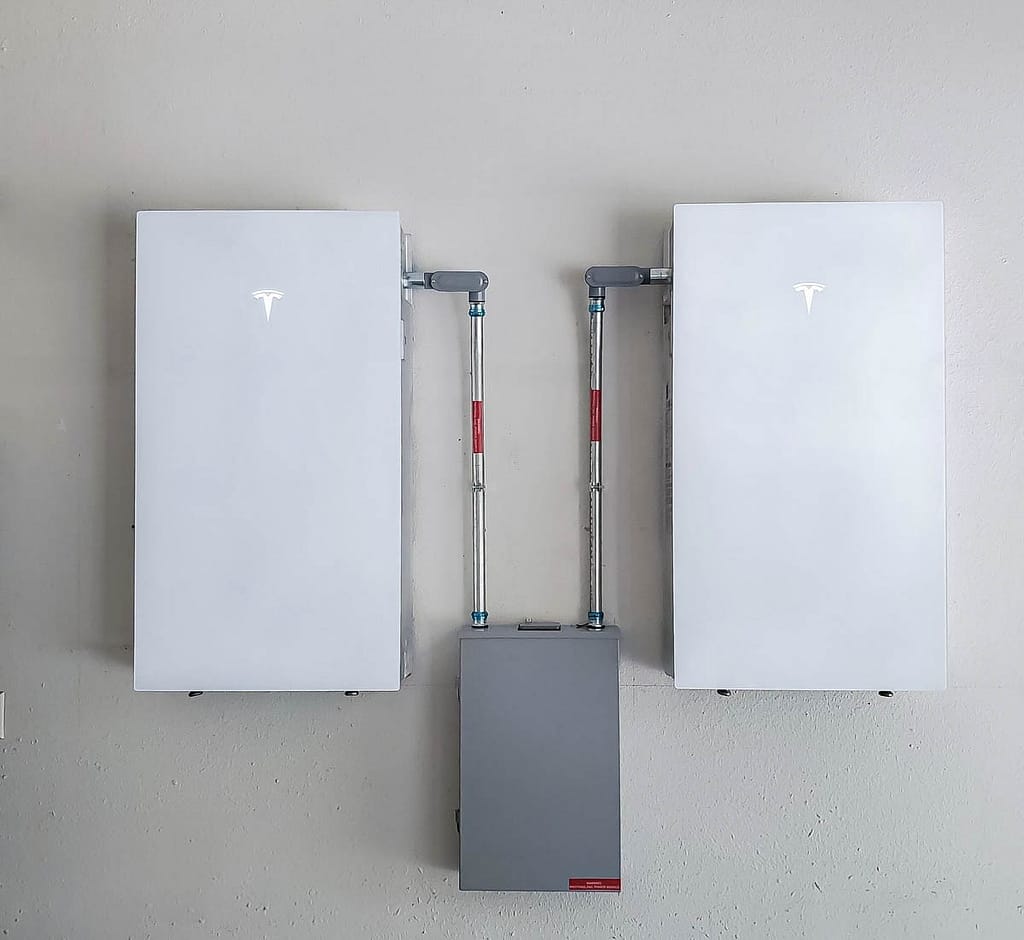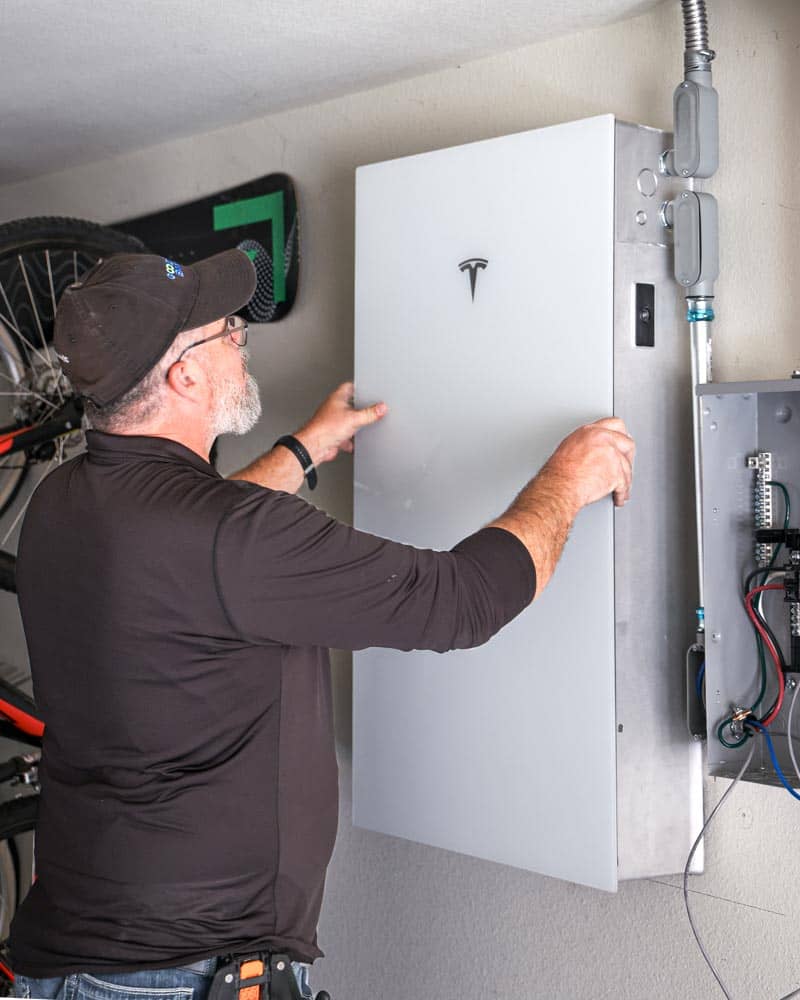Letting your home battery drain to 0% can cause significant strain on its cells, leading to faster wear and potentially shortening its lifespan. This can result in more frequent replacements and costly repairs—issues that are easily avoidable with proper battery management.
In today’s world of smart homes and energy efficiency, home batteries have become a key player. These powerful devices store energy, usually from solar panels, to power your home when the sun isn’t shining or during a grid outage. However, like any sophisticated technology, they come with specific guidelines for optimal performance. One of the most crucial, yet often overlooked, rules is to avoid letting your home battery drain to 0%. You might wonder, “Does my home battery work just like my phone’s battery? Can I use it until the last drop?” The short answer is no, and here’s why.
Understanding How Your Home Battery Works
Your home battery isn’t just a bigger version of the battery in your phone. It’s far more complex and plays a vital role in your home’s energy system. To understand why you shouldn’t let it drain completely, it’s essential to know a bit about how these batteries work.

Home batteriesmake up of individual cells that store and release energy. These cells are like the marathon runners of the energy world—they perform best when they’re adequately hydrated, or in this case, charged. If you run a marathon without enough water, your body starts to strain, and you might not make it to the finish line. Similarly, if you consistently let your battery’s charge drop too low, the cells start to strain, reducing the overall efficiency and lifespan of your battery.
This strain happens because as the battery depletes, the remaining cells have to work harder to provide power. Over time, this additional stress can cause the cells to degrade faster, leading to a loss in capacity. In simpler terms, your battery won’t be able to store as much energy as it used to, meaning you’ll need to replace it sooner. And let’s be honest—nobody wants to deal with the expense and hassle of replacing a home battery earlier than necessary.
If you ever find yourself unsure about your battery’s health or if you think it’s been draining too low, it’s best to get professional help. Contact Good Faith Energy for expert advice or service on your home battery system.
The Safe Minimum Charge: 10% Is Your Magic Number
So, what’s the magic number? How low is too low? The general rule of thumb for most home batteries is to avoid letting the charge drop below 10%. This 10% mark is essentially your battery’s “reserve tank.” It’s there to ensure that the cells aren’t pushed beyond their limits, preventing unnecessary wear and tear.
But why 10%? The answer lies in the way lithium-ion batteries—commonly used in home energy systems—are designed. These batteries have a built-in management system that monitors their charge levels and automatically shuts down the system to prevent the battery from reaching absolute zero. When your battery hits 10%, it’s like running on fumes. You’re close to empty, but there’s still just enough energy left to keep the system stable without causing damage.
For those who live off-grid, this 10% threshold becomes even more critical. When your battery reaches this level, it’s time to take action to preserve what little energy you have left. The best course of action is to “turn off” your house by switching off the main disconnect on your breaker panel. However, keep the battery system running. This allows the battery to recharge itself as soon as the sun rises and your solar panels start producing energy again. Once your battery has regained some charge, you can turn your home power back on and use it carefully until the solar charge is fully restored or the grid is back online.
If managing your battery’s charge feels overwhelming or if you’re ever in doubt, don’t hesitate to reach out to Good Faith Energy. Our team is here to help you maintain your system and ensure it operates at peak efficiency.
What Happens If Your Battery Drains to 0%?
Despite your best efforts, there might be times when your battery drains completely to 0%. So, what happens then? Do you need to panic? Not necessarily, but there are some important considerations to keep in mind.
When a battery hits 0%, it’s not just out of energy; it’s in a vulnerable state. Some systems are designed to handle this scenario better than others. For instance, battery systems like Enphase with IQ8+, Franklin, and Sol-Ark have the ability to restart on their own once they detect new energy input, such as from solar panels. These systems can revive themselves when solar power returns, even if they’ve been completely drained.

However, not all systems have this capability. For example, Tesla batteries include a 12V jump start port, which you can use to kickstart the battery. But there’s a catch: if the battery can’t supply at least 10 minutes of power to activate the solar inverters, you won’t be able to restart it on your own. In such cases, you might need to call for a service trip, or you could use a generator or another compatible battery to get things going again. It’s a bit like jump-starting a car, but with more at stake since your entire home’s power is in the balance.
If you find yourself in a situation where your battery has drained to 0% and isn’t restarting, don’t try to troubleshoot it alone. Contact Good Faith Energy to schedule a service visit or to get advice on the best course of action for your specific system.
Can You Run Lithium-Ion Batteries to Zero?
Let’s talk about lithium-ion batteries, which are commonly in-use in home energy systems. Technically, running these batteries down to zero could ruin them. The reason is that lithium-ion batteries can suffer from something called “deep discharge,” which can permanently reduce their capacity and, in the worst cases, render them unusable. However, most modern batteries are equipped with a battery management system (BMS) that prevents this from happening.
When your battery monitoring app shows 0%, it’s not actually completely empty. The BMS shuts down the battery well before it reaches true zero to protect it from damage. This safety net ensures that your battery isn’t completely drained, even if it appears to be. However, this doesn’t mean you should make a habit of letting your battery reach this point. Regularly allowing your battery to hit 0% can still cause long-term damage, reducing its efficiency and lifespan.
Why Keeping Your Battery Above 10% Matters
Keeping your battery’s charge above 10% isn’t just a suggestion; it’s a crucial practice for maintaining the health and longevity of your home energy system. By ensuring your battery never drops too low, you’re protecting it from unnecessary wear and tear, prolonging its lifespan, and making sure it’s always ready to power your home when you need it most.
In addition to preserving your battery’s health, maintaining a charge above 10% also ensures that your system is always prepared for unexpected situations, like extended periods of cloudy weather or grid outages. A well-maintained battery means peace of mind, knowing that you’ll have reliable power even when the sun isn’t shining or the grid is down.
If you ever have questions about your battery’s charge levels or need assistance with your system, don’t hesitate to reach out to Good Faith Energy. We’re here to help you get the most out of your home energy system, ensuring it serves you reliably for years to come.

Conclusion: Your Battery Deserves the Best Care
In conclusion, your home battery is a vital component of your energy system, and taking care of it is essential for ensuring long-term reliability and efficiency. Avoid letting your battery drain to 0%, and aim to keep it above 10% whenever possible. This simple practice can prevent costly repairs, extend the life of your battery, and give you the confidence that your home will stay powered when it matters most.
Remember, if you ever find yourself unsure about your battery’s health, or if you need a professional opinion, Good Faith Energy is just a call away. Our experts are ready to assist with any questions, service needs, or upgrades to ensure your home battery system runs smoothly and efficiently. Don’t wait until it’s too late—contact Good Faith Energy today for all your home energy needs.